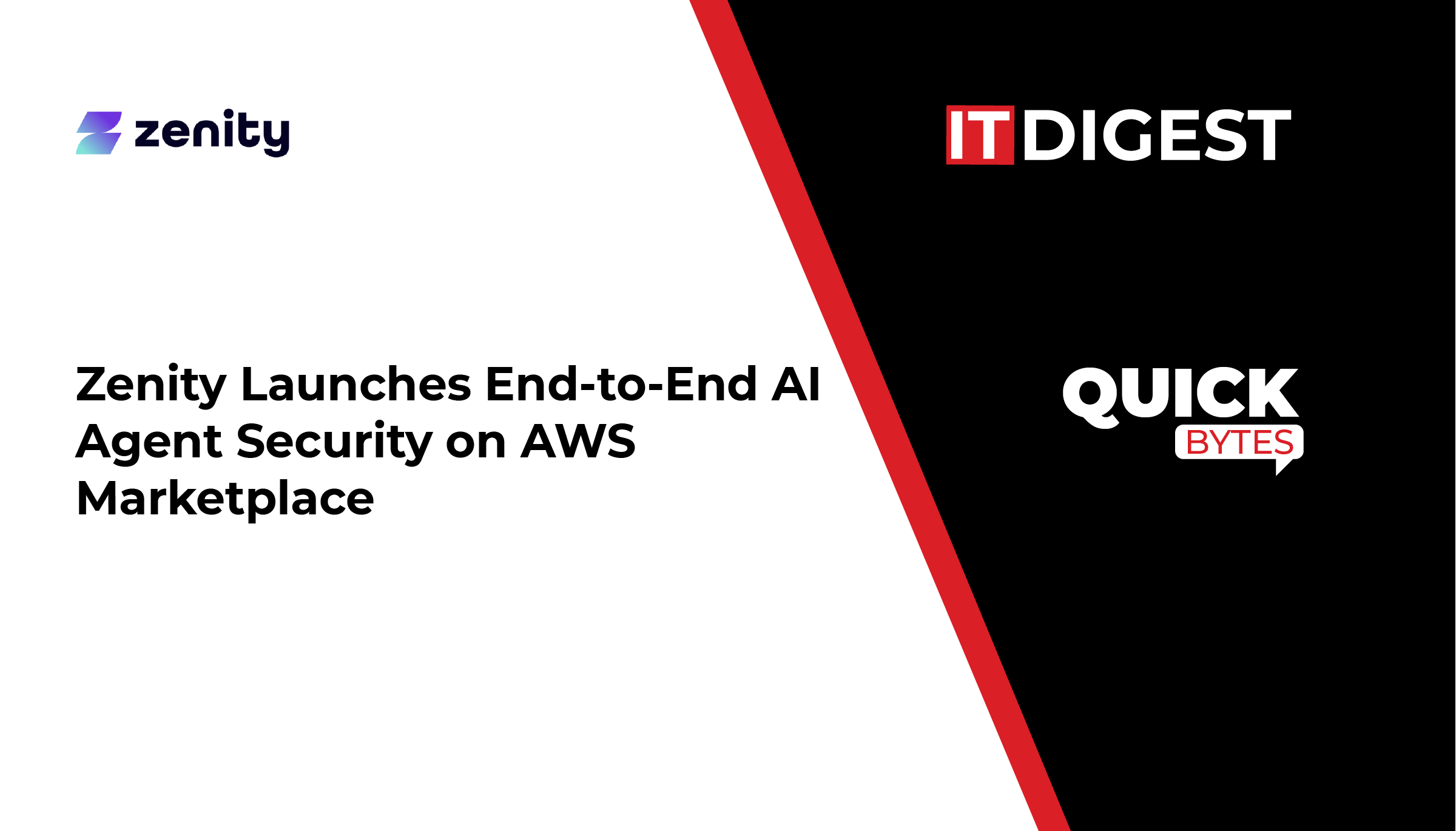Aragon Research identifies twenty major providers in its Aragon Research Globe for Conversational AI, 2022, published. The report states that Conversational AI adoption has continued to expand throughout 2022 as enterprises embrace solutions provided by technology providers trying to keep up with the demand for intelligence-powered conversational solutions across industry verticals.
Conversational AI solutions in the form of chatbots or virtual agents are enabling enterprises to shift simpler tasks and requests to digital labor, allowing their human workforce to focus on tasks that require human involvement.
Also Read: PingPong partnering with Uncapped to fund online businesses
Conversational AI solutions are being successfully deployed for an increasing variety of use cases across various vertical markets to improve customer experience (CX) and employee experience (EX). Some examples of successful key employee- and customer-focused use cases are:
- eCommerce
- Marketing
- Healthcare
- Internal Support
- Customer Support
The best, most effective chatbots are those that can focus on one thing and become a domain expert in that area. If you need chatbots to span multiple use cases you should create multiple chatbots, each with their own area of expertise.
“Modern AI chatbots have the ability to identify and keep track of multiple intents within a sentence and refer back to them throughout an entire disjointed, multi-threaded naturalistic conversation,” says Senior Director of Research, Craig Kennedy. “This capability has enabled these chatbots to provide a more human-like contextual understanding, which provides for real intelligent conversations between people and machines.”
According to the latest research from the Open Web Application Security Project (OWASP), broken access control presents the most serious web application security risk. Failures typically lead to unauthorized information disclosure, modification, destruction of data, or performing a business function outside the user’s limits. The report states that “94% of applications were tested for some form of broken access control.”
Permit.io is built on top of the open source project OPAL, also created by Or Weis and Asaf Cohen, which acts as the administration layer for the popular Open Policy Agent (OPA). OPAL brings open policy up to the speed needed by cloud applications, updating permissions dynamically as an application state changes via APIs, databases, git, Amazon S3 and other 3rd-party SaaS services. This ensures that every microservice is in sync with the policies and data required by the application in real time.
































